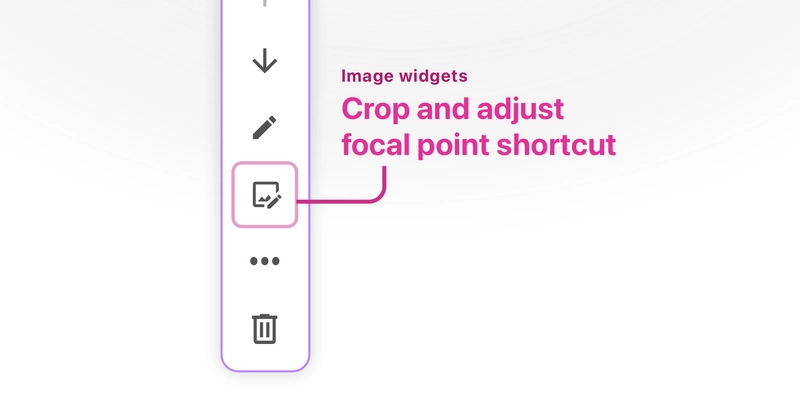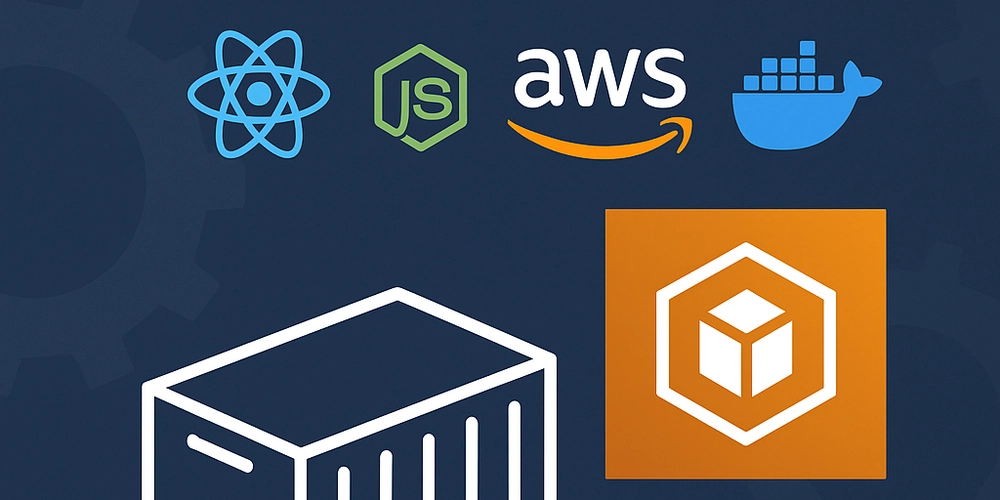Locking Up Phones, Logging Into AI: Classrooms Navigate New Tech Amid Public Debate
School policies around phone use are changing—and fast. In Ontario, Canada students are already being asked to keep their phones out of sight during class. Several European countries have taken steps in that direction, and now discussion is building in the U.S. as well. Lawmakers are pushing similar restrictions, with two senators introducing a bill […] The post Locking Up Phones, Logging Into AI: Classrooms Navigate New Tech Amid Public Debate appeared first on Unite.AI.


School policies around phone use are changing—and fast. In Ontario, Canada students are already being asked to keep their phones out of sight during class. Several European countries have taken steps in that direction, and now discussion is building in the U.S. as well. Lawmakers are pushing similar restrictions, with two senators introducing a bill that would fund phone bans nationwide. The debate isn’t black and white, but the goal is clear: reduce distractions, improve student focus, and mitigate the effects it can have on student mental health. Many teachers have long said smartphones pull attention away from learning. With nearly half of educators reporting that student engagement has dropped since 2019, schools are under growing pressure to do something. And for many districts, that something starts with locking up the phones.
But banning phones doesn’t mean removing screens. Classrooms today have replaced notebooks with laptops and pens with tablets. It’s how students do research, turn in assignments, and follow along with lessons.
These tools are helpful, but they’re also another kind of distraction. Open tabs and easy access to the internet still make it tough to keep students on track. Teachers are left juggling technology’s benefits with its potential to derail an entire lesson.
And for many educators, especially newer ones, the problem isn’t just about student use, it’s about confidence. Over half of first-year teachers say they don’t feel properly trained to manage or integrate classroom tech in ways that are truly effective.
Enter the Next Generation of Tools
Now with the rise of AI, an increasing number of teachers are turning to the technology to assist with everything from organizing lessons to providing feedback. As many as 62% of U.S. teachers and 60% of U.K. teachers confirmed in a 2025 survey that they are integrating AI into their workflow. Not just leveraging the most recognized tools like ChatGPT to create answers for a test, but AI tools that give back educators control in schools in different ways.
And the most promising AI tools are the ones being built alongside educators, not just handed to them.
David Waugh of ManagedMethods tells Unite.AI that the features they’ve recently integrated in their Classroom Manager tool, was designed based on input they received from education leaders. The result is a real-time tool that gives access to how tech is being used by students during school hours, letting them monitor activity, flag unsafe behavior, and even pause digital access when needed. Think of it like parental controls, but built for teachers and scaled for the classroom.
But the use of AI and machine learning doesn't take control away from the teacher in the classroom. “We are adamant that we want to make certain things automated to make it more efficient and streamlined for school districts and the users and the productivity. But at the end of the day, you still need to have human interaction and human decision to do what is ethically right”, says Waugh. Emphasizing the point isn’t to replace educators, it’s to back them up.
Instead, AI is leveraged to support cybersafety and security through cloud monitoring, offering an extra layer of protection.
Other platforms like MagicSchool are going a step further by positioning AI as a helpful classroom assistant and as a bridge toward something bigger. The company points to rising burnout across the profession, with educators clocking longer hours accompanied by administrative work, lesson planning, and student support.
“We’re here to help lighten the load, so teachers can save their energy for where they shine best—in the classroom, in front of students,” reads a message on the company’s site. Like ChatGPT, MagicSchool can help educators build quizzes and lesson plans. But where it’s beginning to stand out is in the way it supports individualized education, helping teachers tailor content for students with special needs, or even offering guidance for managing behavioral challenges.
And now, the company is broadening its reach by offering AI literacy directly to students.
With a focus on teaching kids how to use this technology thoughtfully and safely, as it becomes a staple in both classrooms and inevitable in their careers. In a way that offers engagement on a subject tailored to the individual student, “MagicSchool for Students unlocks learning opportunities not possible without generative AI – think escape rooms, virtual field trips, and choose-your-own adventure stories.”
Similar to the debate about phone use in classrooms, not everyone is on the same page about AI in students' hands.
If AI Is The Future, Are We Preparing Kids to Use it Wisely?
Last month, President Donald Trump called for AI education to become a national priority, signing an executive order to promote education and integration of artificial intelligence in schools through public-private partnerships with industry leaders and academic institutions. This echoes what many educators and parents have already started to ask—if this is the future, are we preparing kids to use it wisely?
Canada has already taken major steps to incorporate AI learning in the classroom, with many educators seeing this as a practical way to prepare the next generation for an AI-driven workforce. However, The Canadian Teachers’ Federation is voicing growing concern about its use in education when there are no clear regulations protecting students from data breaches and ethical concerns, including mental health.
This comes as Common Sense Media released research and recommendations concluding that AI apps explicitly designed for companionship should not be used by children and teens under 18. These aren’t school tools but rather AI apps designed to chat, listen, and mimic friendship.
While not technically new, these tools are evolving quickly, with parents struggling to keep up and ultimately fueling concern over the influence AI can have on a student's well-being. Just as schools start limiting phones to help protect mental health, a fresh wave of AI-powered “companions” is landing in app stores, unfiltered and often unregulated.
So What Comes Next?
Removing phones from the classroom solves one part of the puzzle. But the devices left behind, like laptops, apps, and unmonitored AI platforms, bring a different kind of complexity.
Technology isn’t going anywhere. The bigger question now is: how do we use it better?
Educators, parents, and policymakers all have a role in shaping what that answer looks like. It won’t come from banning a device or downloading the next big tool. It will come from learning how to strike a balance—where tech supports, not overwhelms.
And where students learn not just from technology, but also how to live with it.
The post Locking Up Phones, Logging Into AI: Classrooms Navigate New Tech Amid Public Debate appeared first on Unite.AI.
_Gang_Liu_Alamy.jpg?width=1280&auto=webp&quality=80&disable=upscale#)

_KristofferTripplaar_Alamy_.jpg?width=1280&auto=webp&quality=80&disable=upscale#)


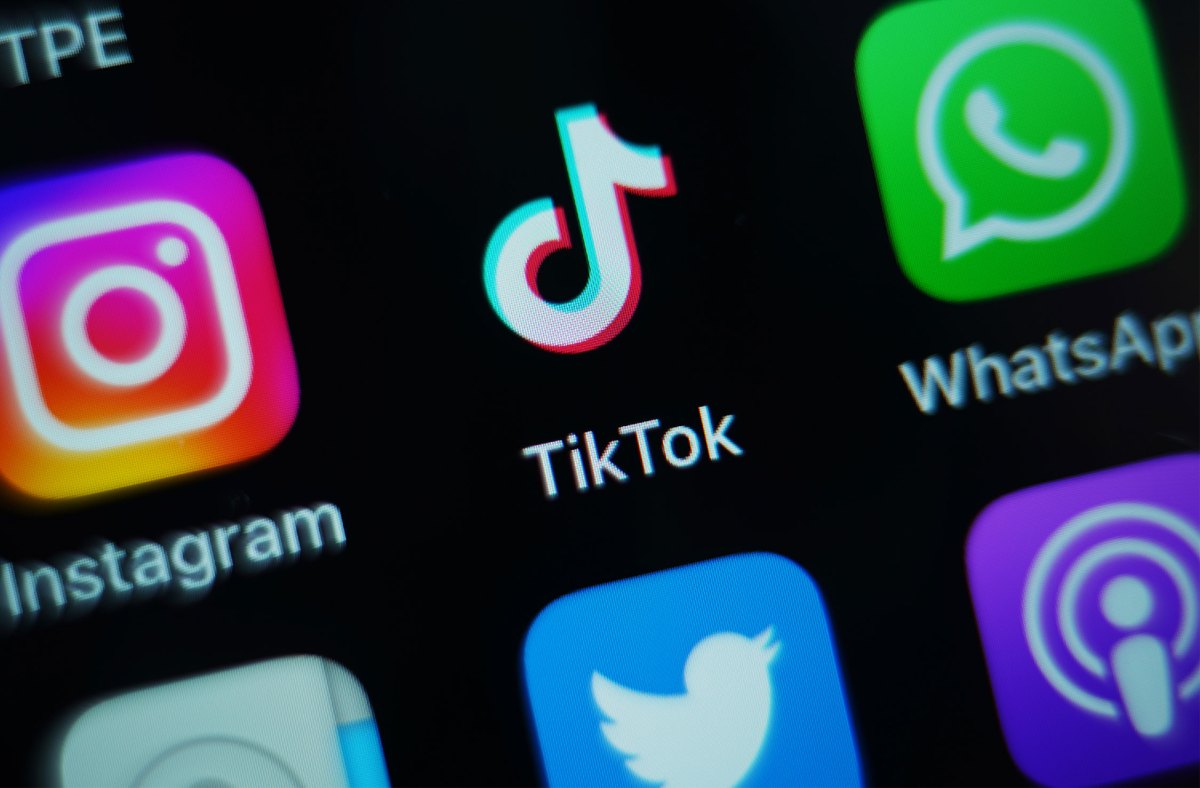















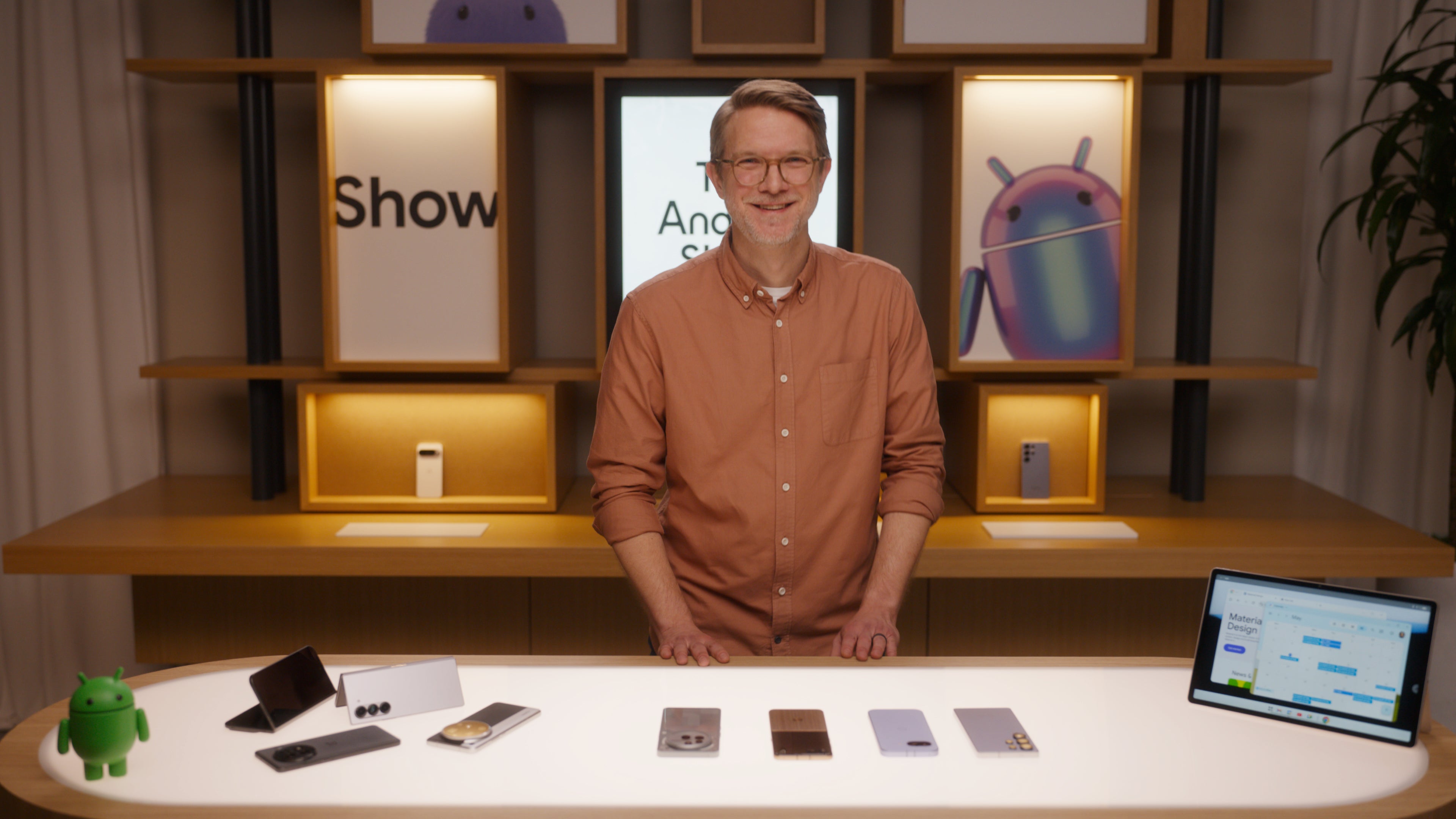
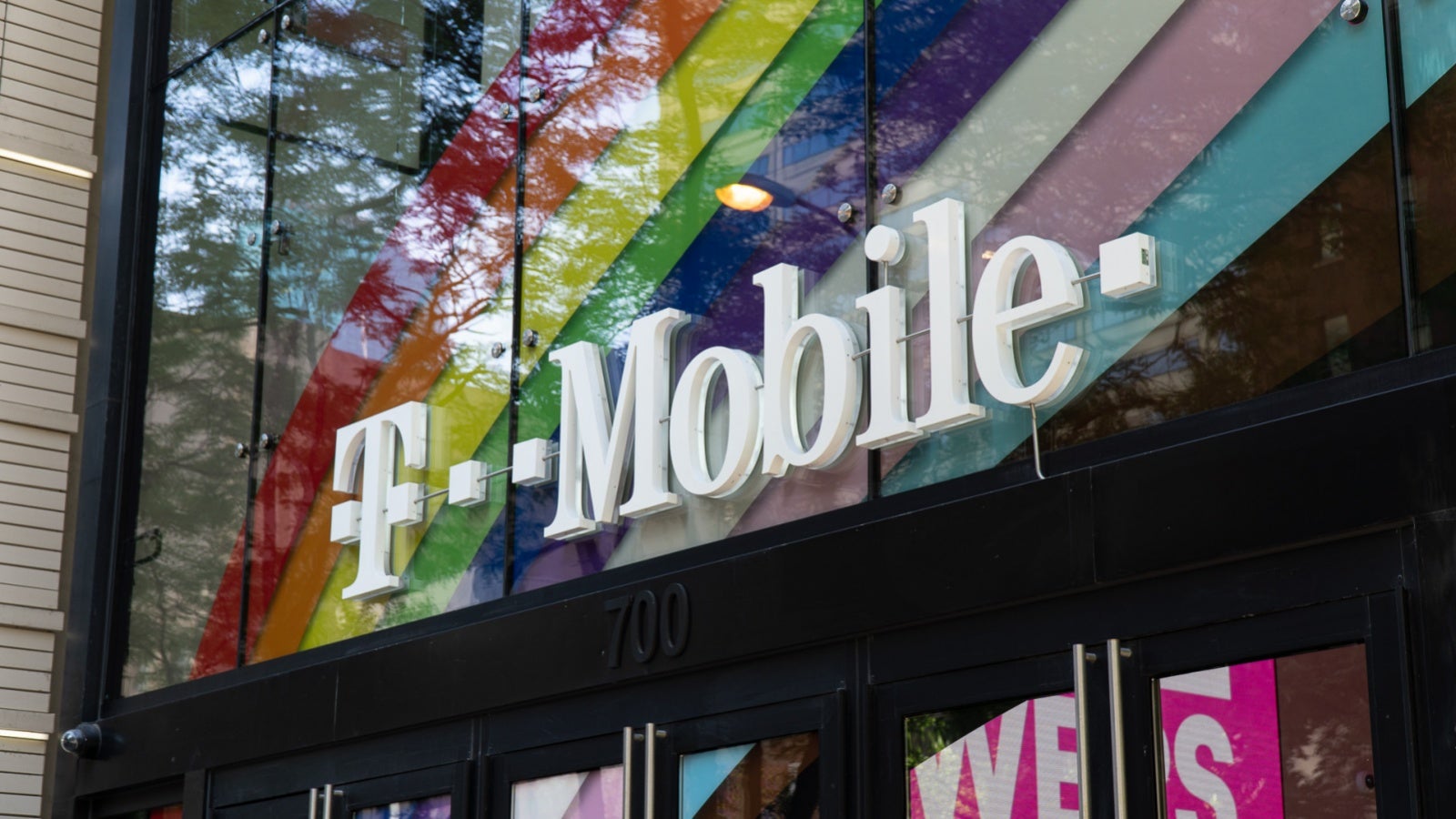





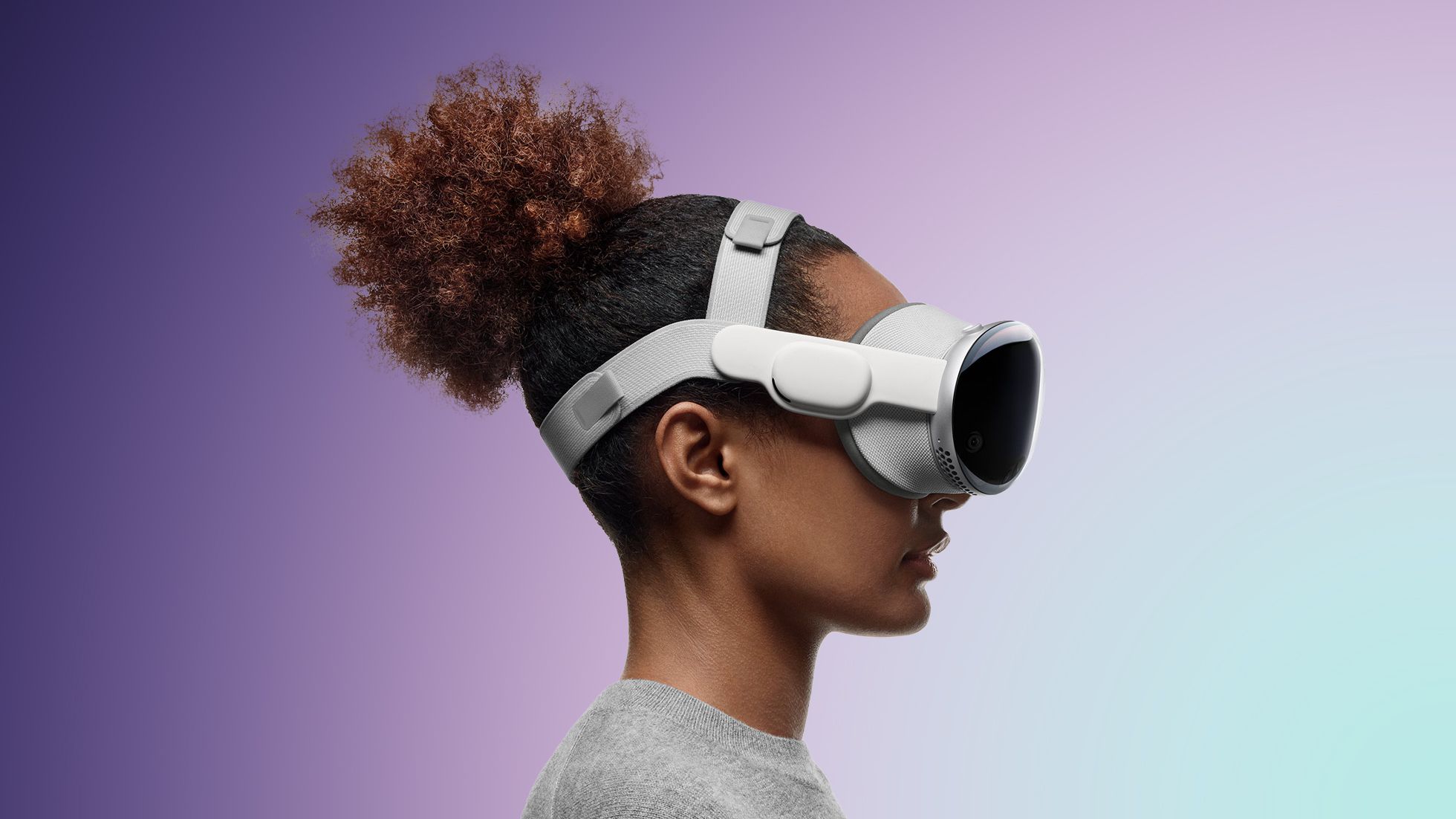
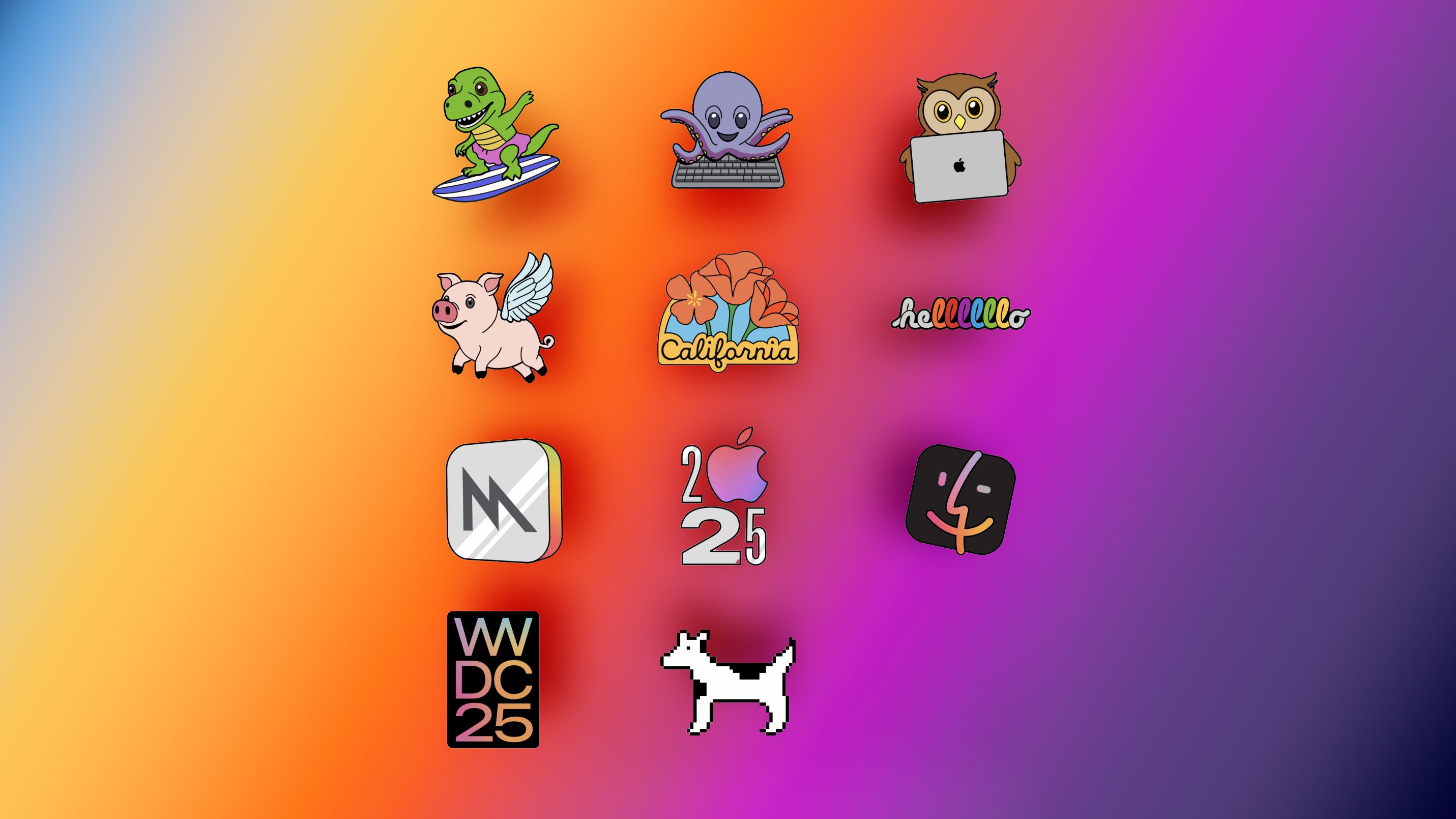
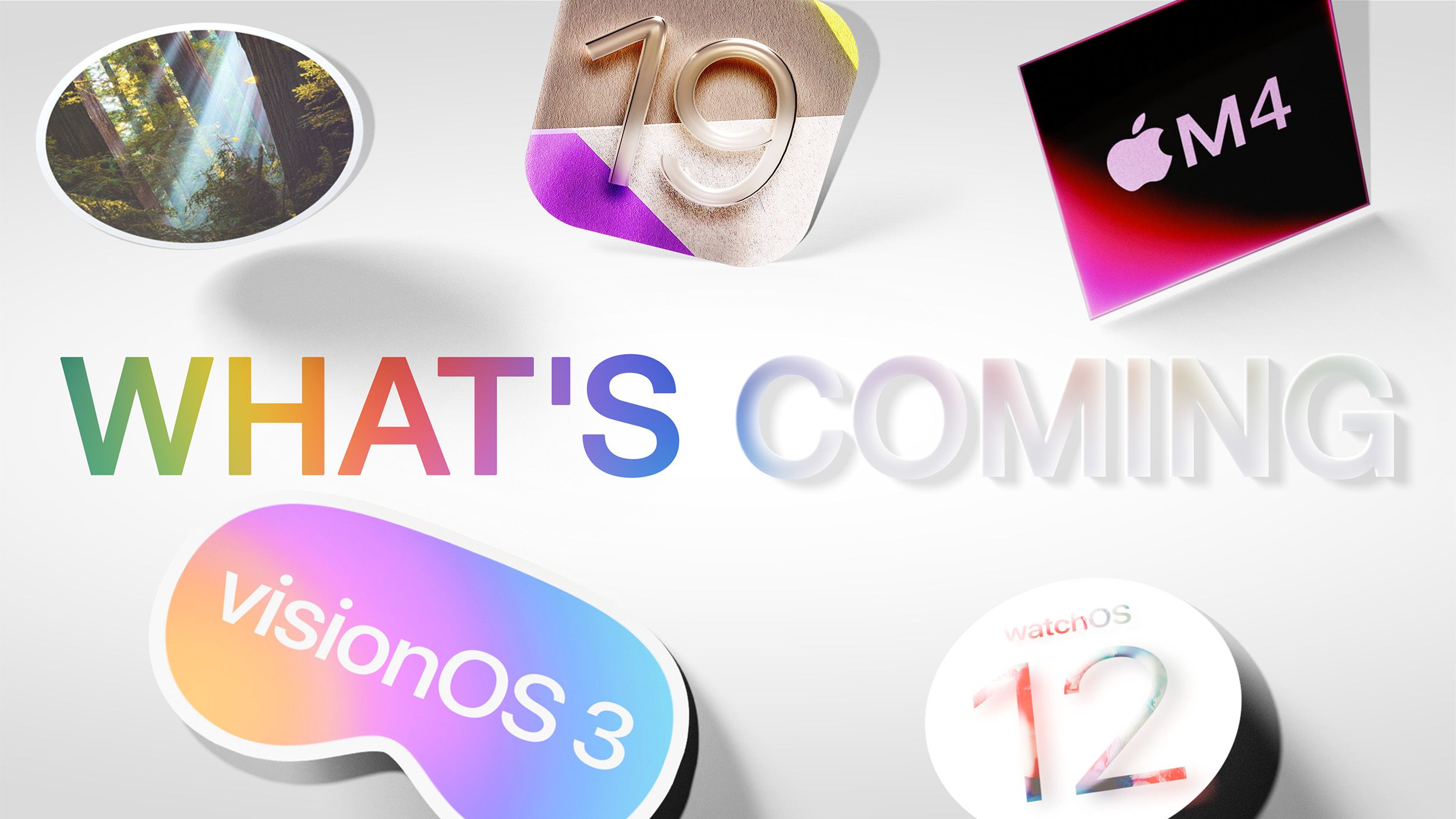
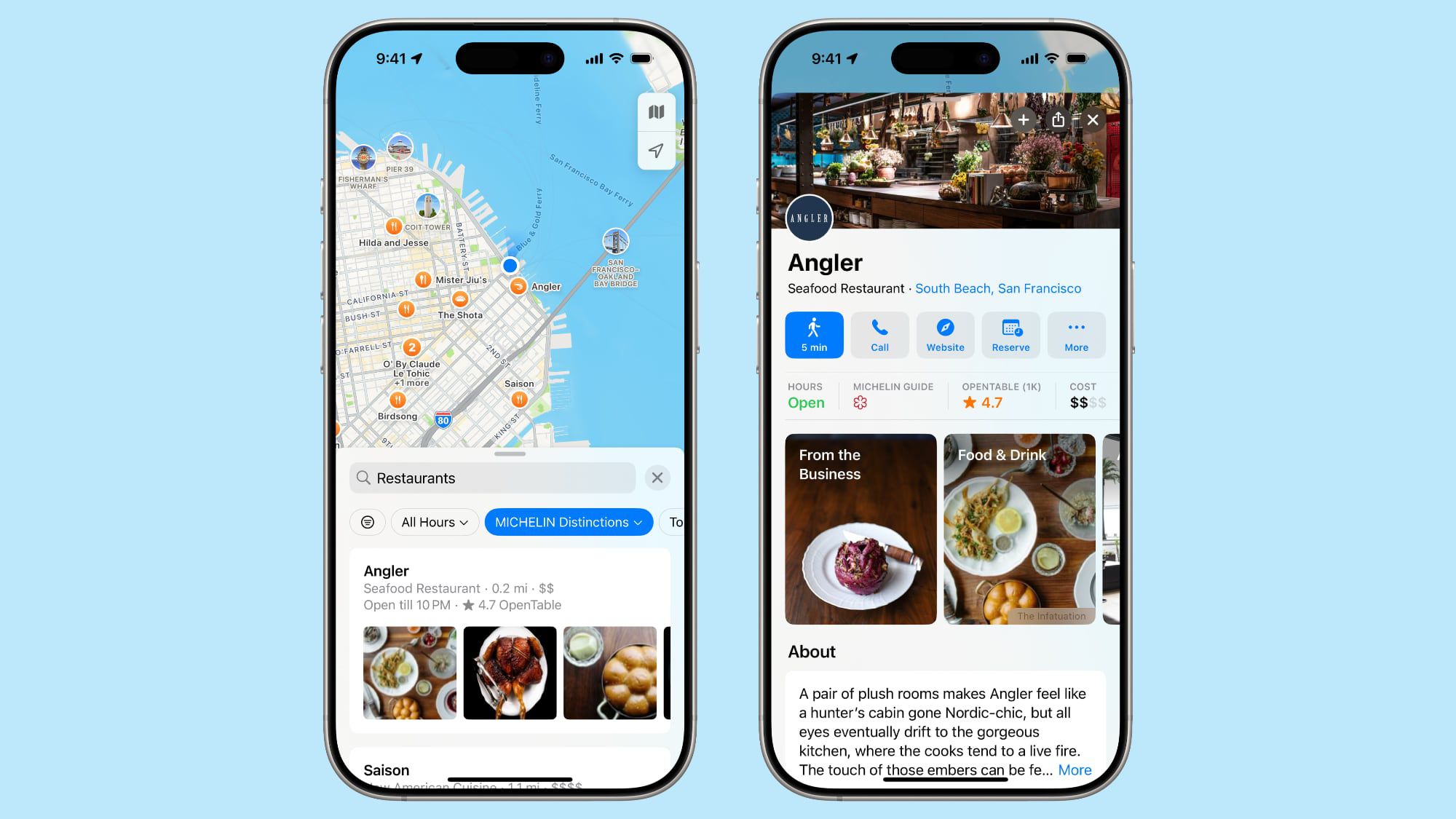




























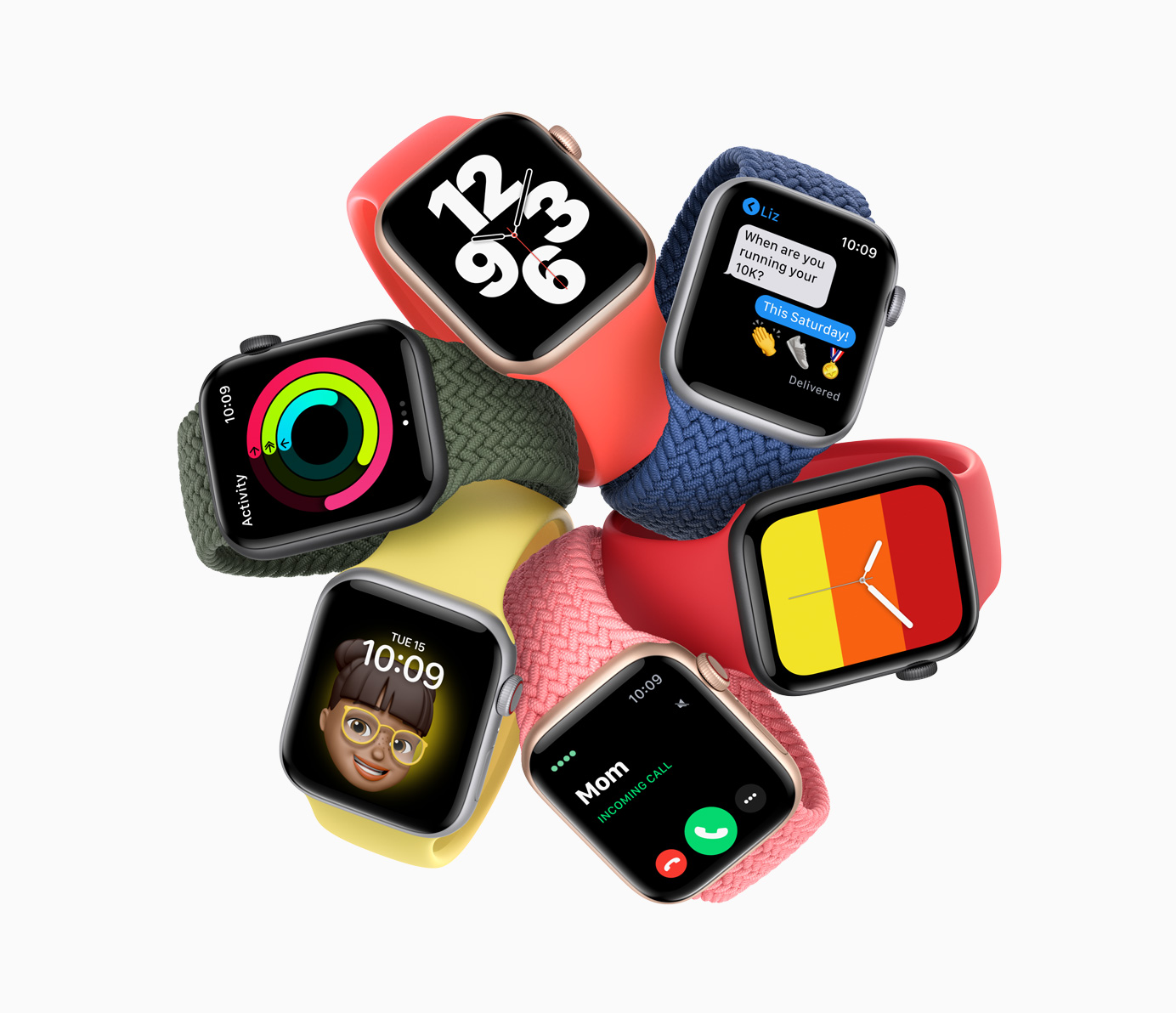














![Apple Planning Bezel-Free iPhone With 'Four-Sided Bending' Display [Report]](https://www.iclarified.com/images/news/97321/97321/97321-640.jpg)
![Apple's 20th Anniversary iPhone May Feature Bezel-Free Display, AI Memory, Silicon Anode Battery [Report]](https://www.iclarified.com/images/news/97323/97323/97323-640.jpg)
![Vision Pro May Soon Let You Scroll With Your Eyes [Report]](https://www.iclarified.com/images/news/97324/97324/97324-640.jpg)
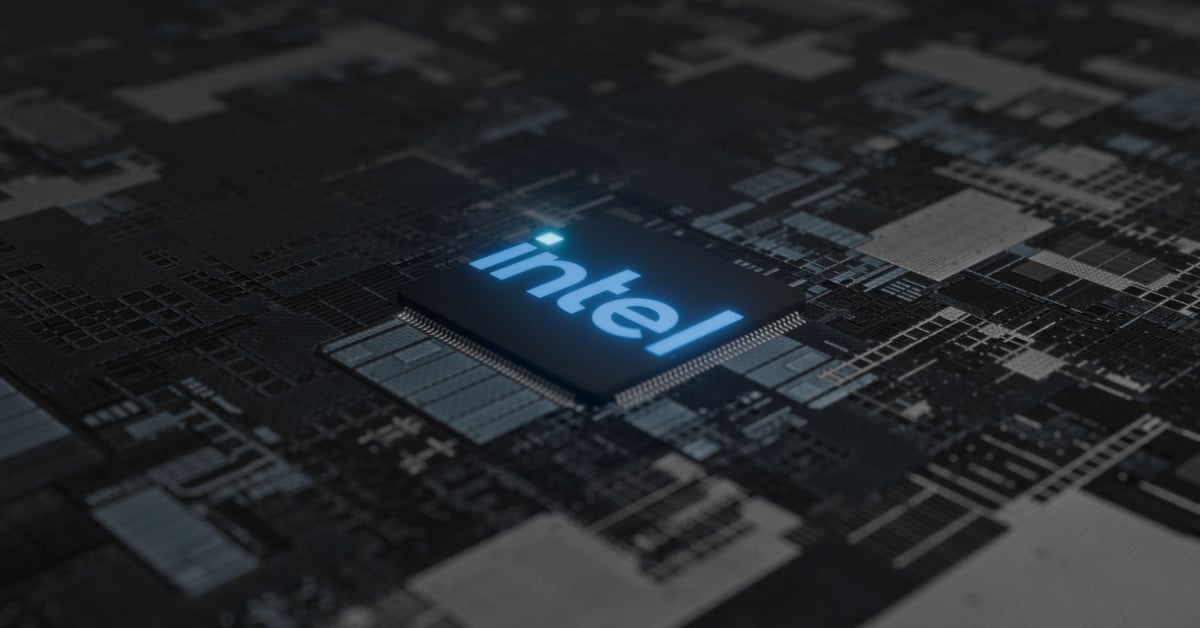






















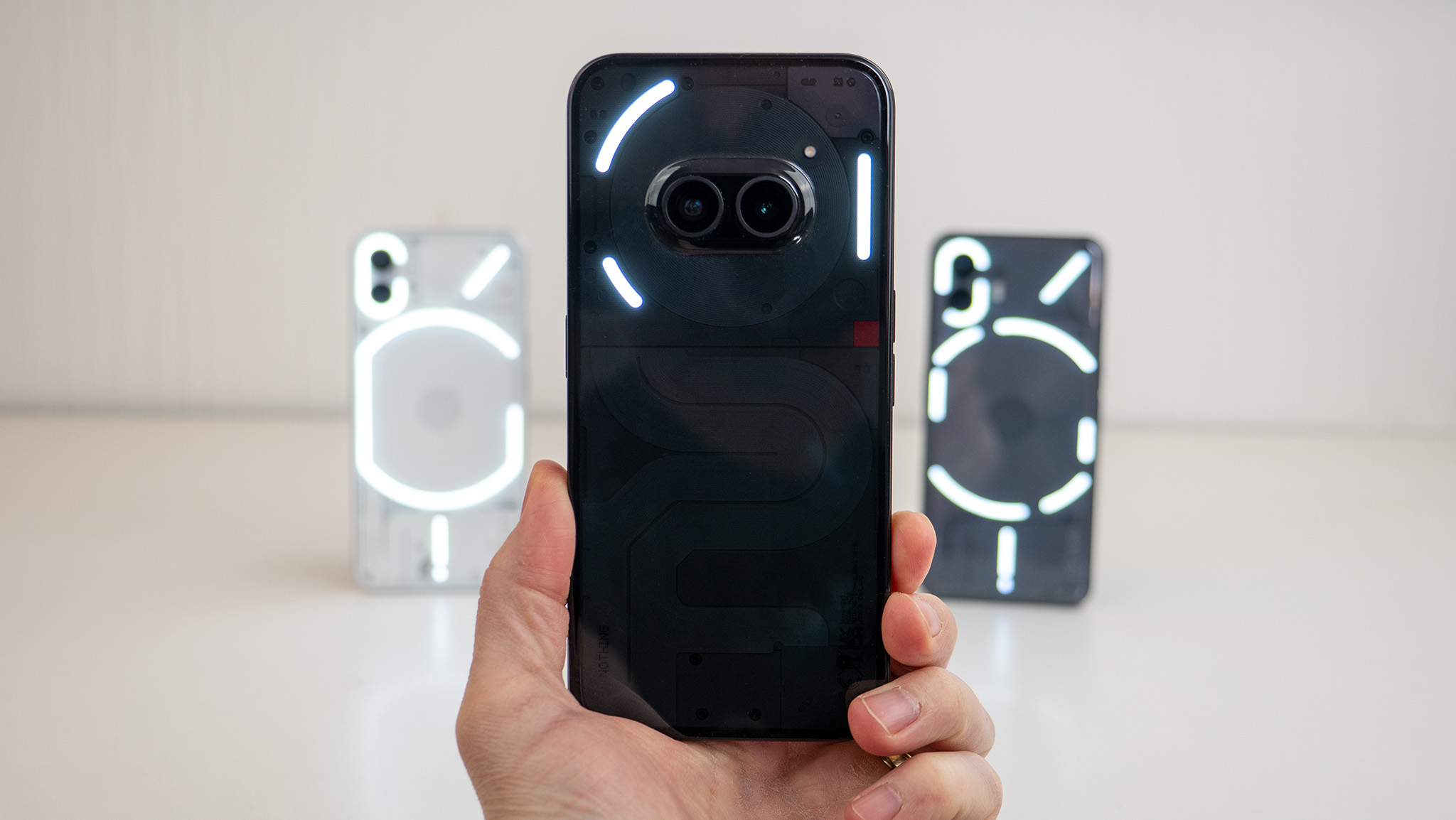
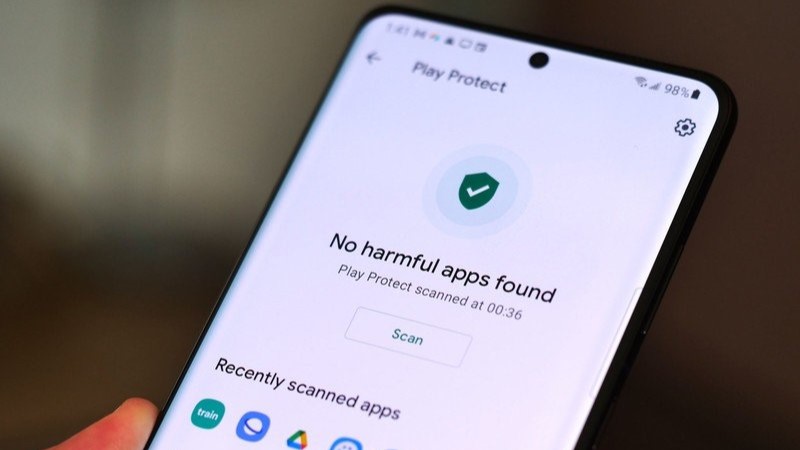

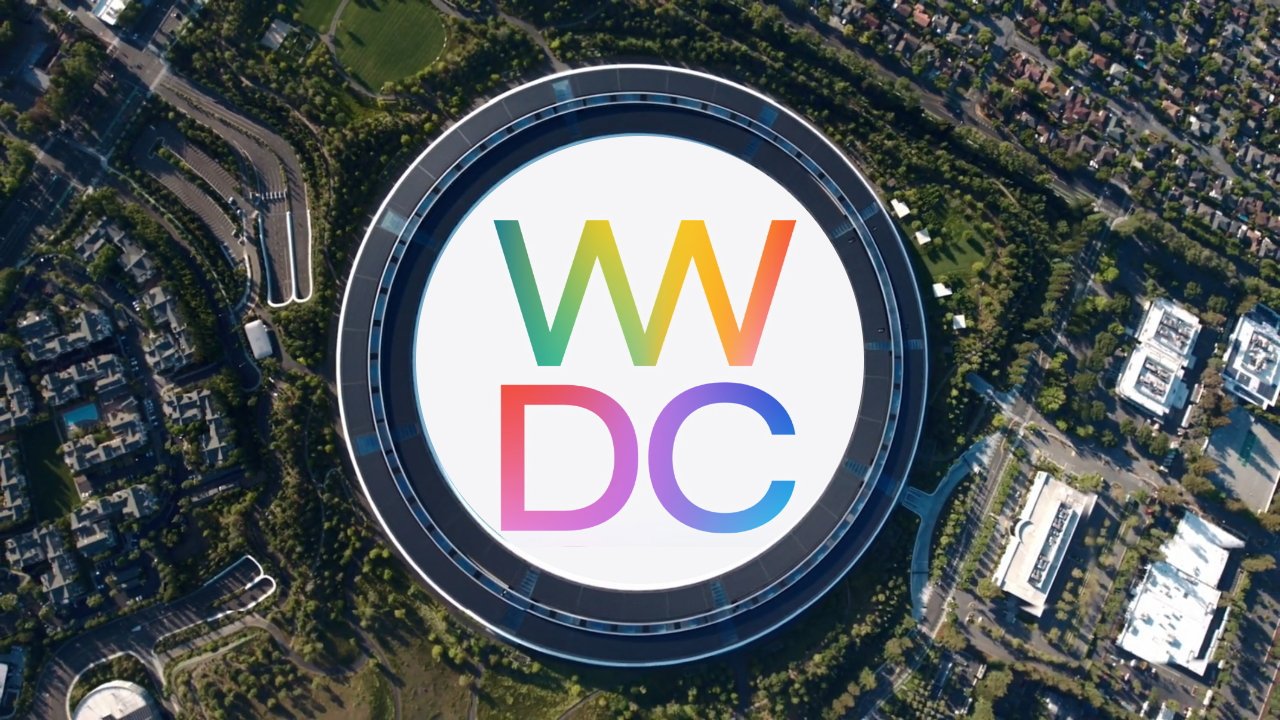

-xl.jpg)
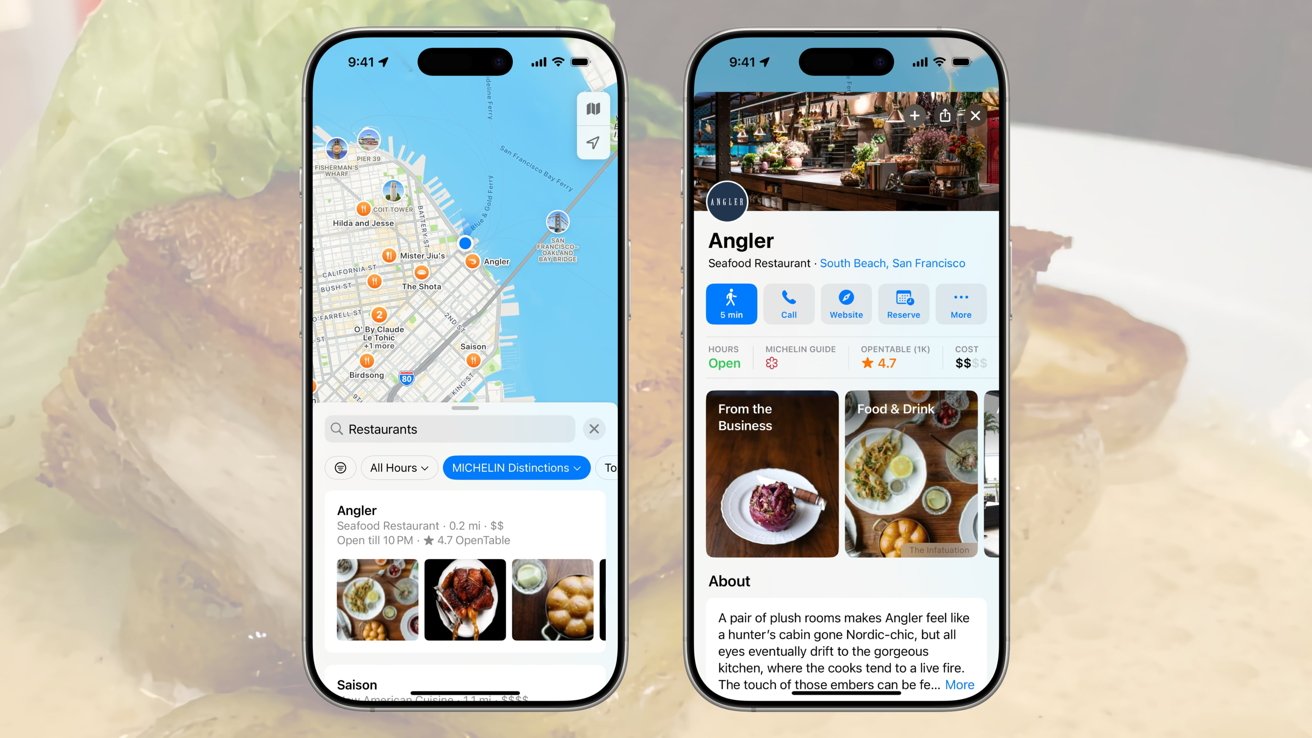





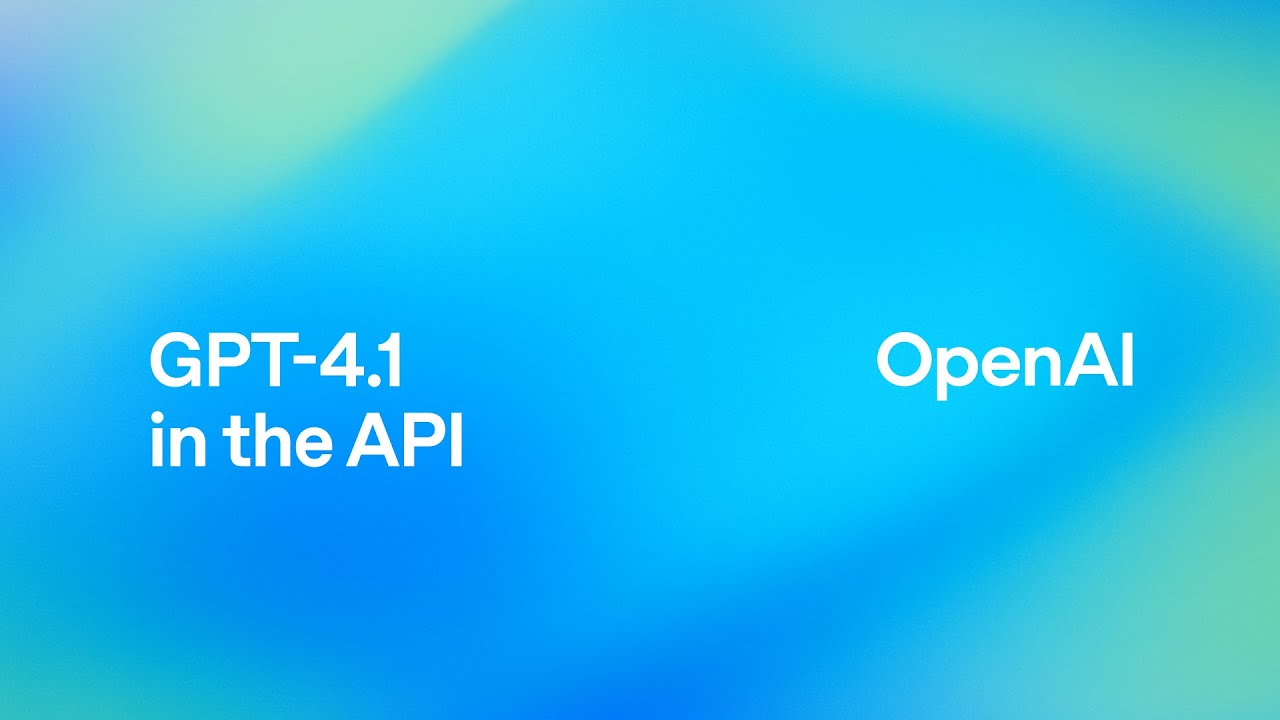

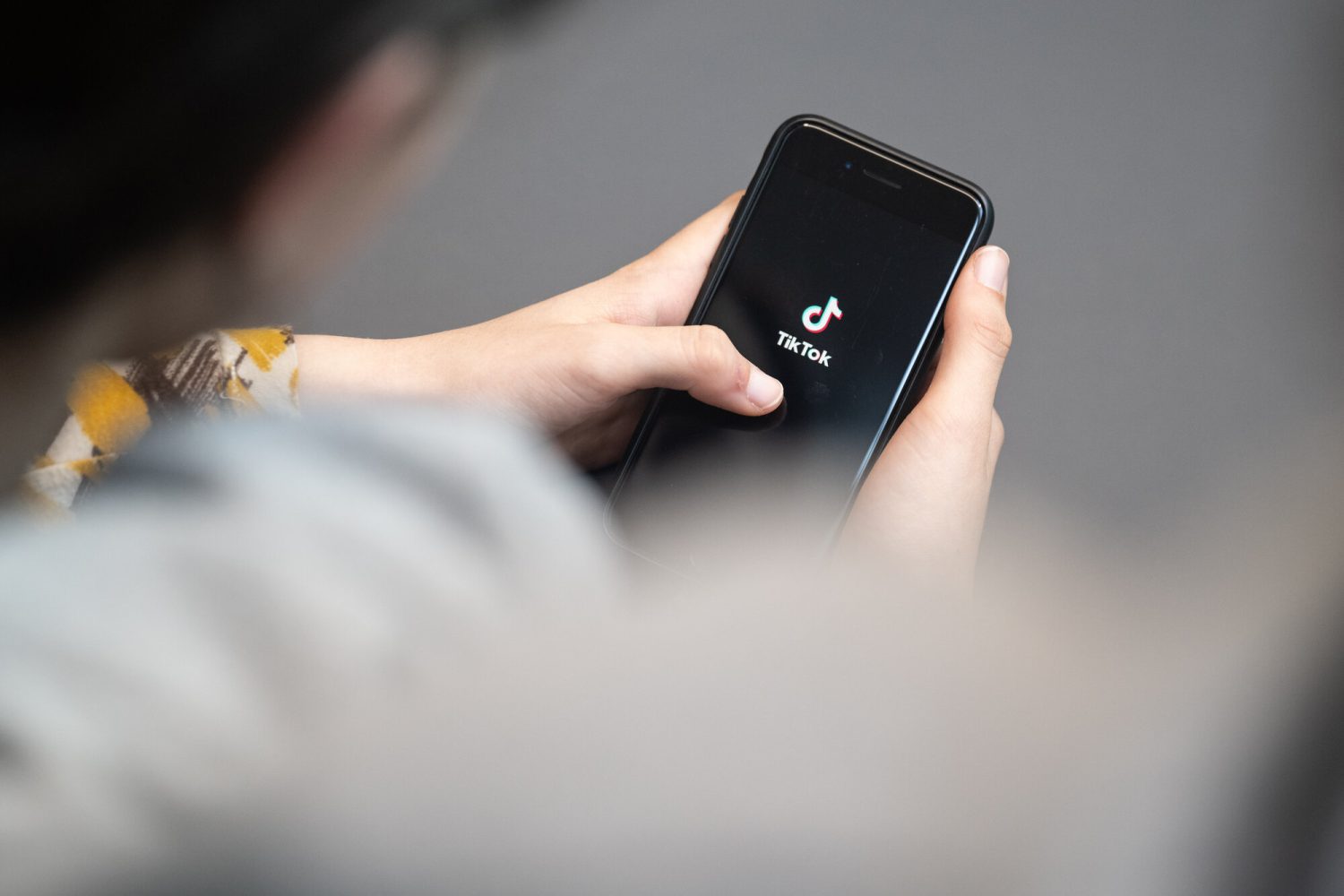

































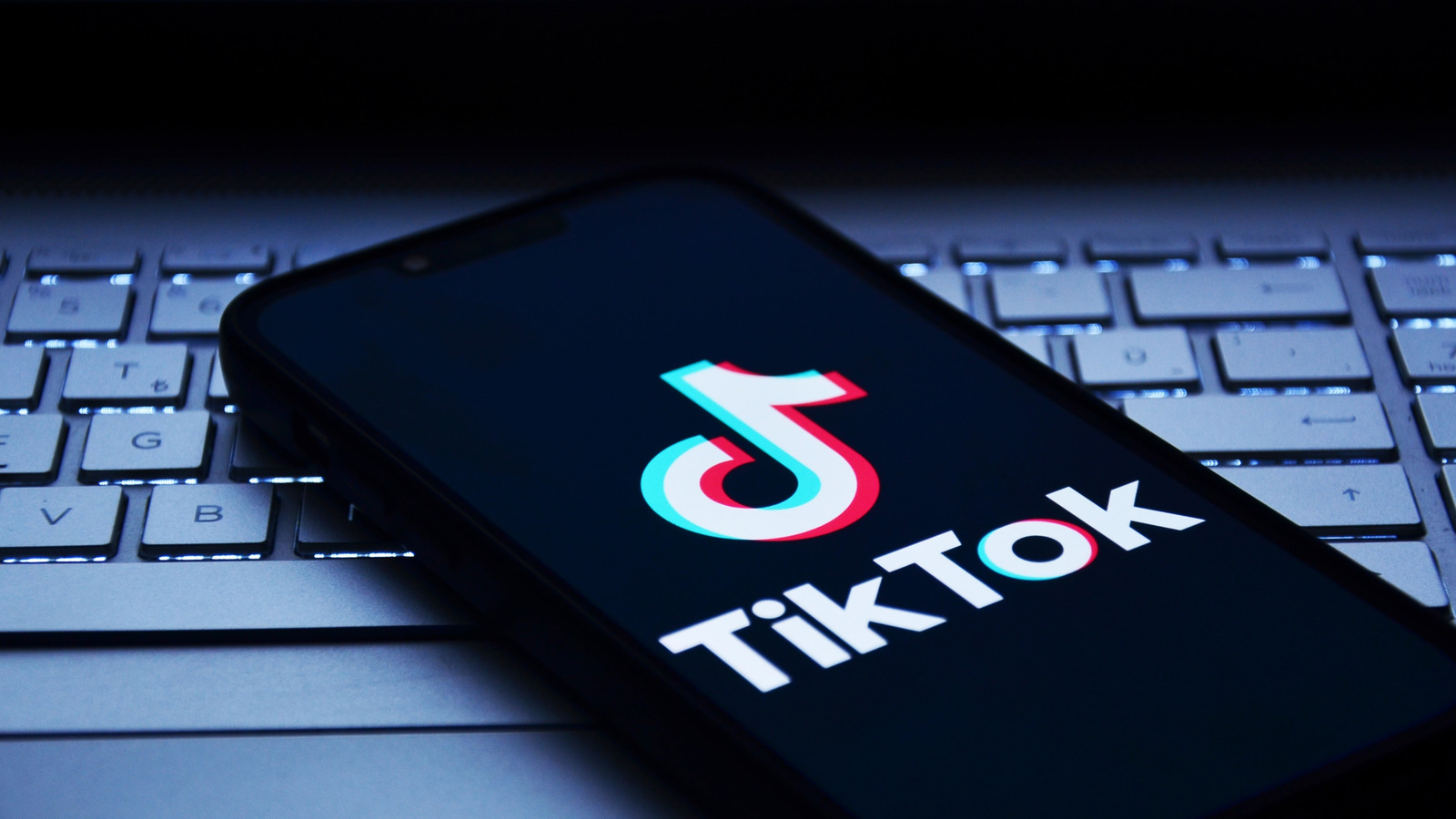







































.webp?#)



















































































































![[The AI Show Episode 147]: OpenAI Abandons For-Profit Plan, AI College Cheating Epidemic, Apple Says AI Will Replace Search Engines & HubSpot’s AI-First Scorecard](https://www.marketingaiinstitute.com/hubfs/ep%20147%20cover.png)




























































































































































